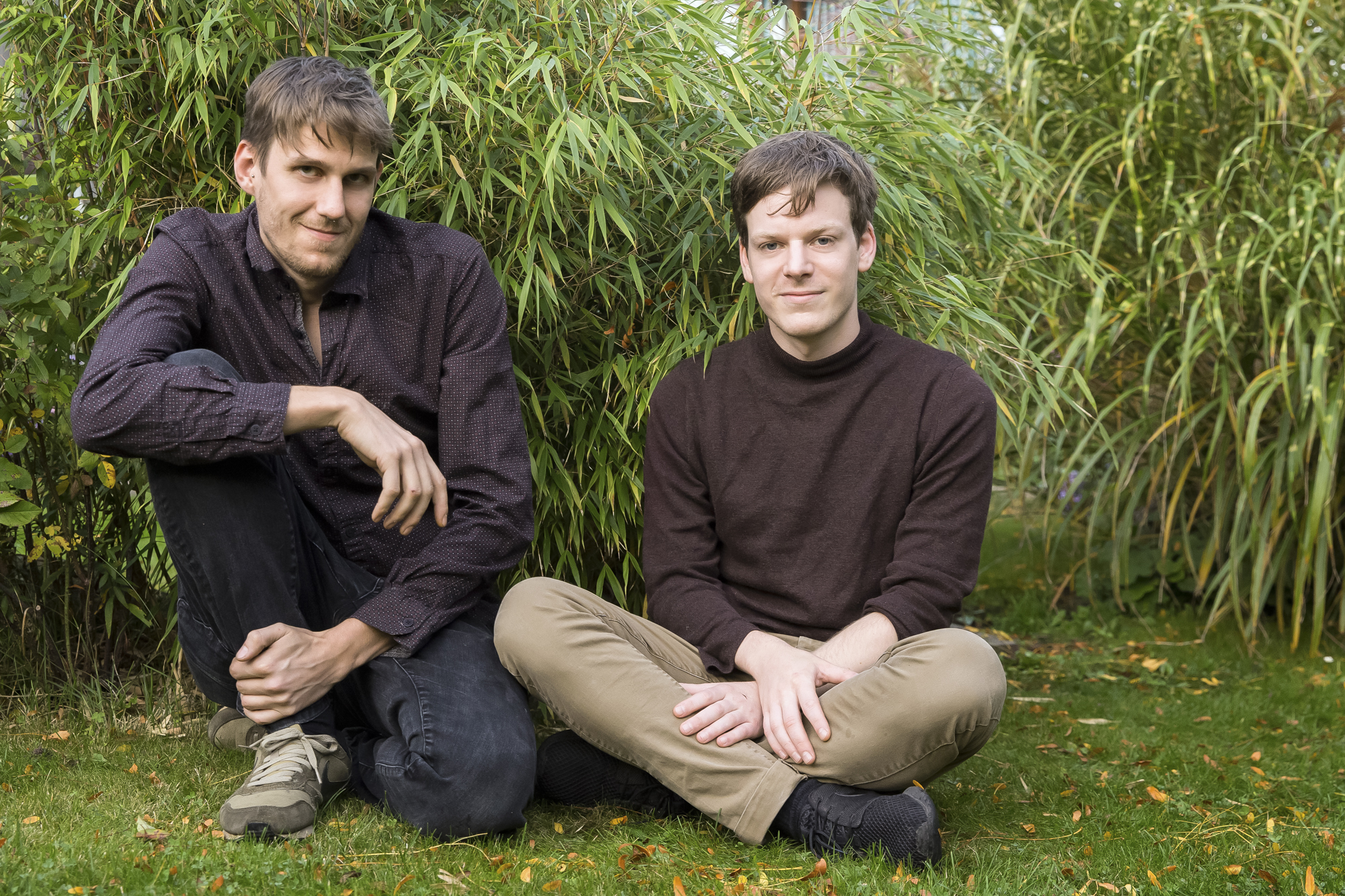
First, There Were Green Walls– But What About Living Tables?
You’ve heard about green walls, but what about green tables?
German product designers Fabian Voigt and Markus Hau have created a moss-filled Seta Table that is produced by hand for clients interested in bringing more green into their homes.
Launched initially in 2014, Hau (then a communications student) and Voigt (a horticulture expert and gardener) first produced a prototype 60 x 60 cm “living table” that can now be replicated in a variety of different sizes according to the specific needs of each client, who can also choose which plants will be included in the “green” portion. Mosses are available in a variety of red, white, and pink blooms; other plants come from a list of pre-evaluated species that the table is engineered to suit. Below, we speak with Hau and Voigt about how this “terrarium table” came to be.

GC: What inspired the Seta Table?
Fabian Voigt and Markus Hau: We started with seta at the end of 2014. Our first goal was to create some sort of moss wall, but soon after workshopping some prototypes we started to bring the plants to another level by planting them vertically. That just seemed to be the next logical step to us. Even before seta, we were fascinated by moss. So the main idea for the seta table came up when we heard that moss can clean the air inside homes and reduce particulate matter. We wanted to bring this little interesting plant in our own rooms.
GC: Where do you envision this product will go in the future?
FV + MH: We want to see more of our products out there. These tables would be a perfect match for conference rooms and corporate lobbies whose owners want to “go green”– or who care more about their employees’ [health and wellbeing]. Beside the tables, we are working on other, new green interior elements, like living lamps. Soon, we aim to have a wider range of products.

Fabian Voigt and Markus Ha
What is or was the hardest or most difficult thing about managing this project?
FV + MH: It took about one year to find the right plants that would fit in the table. We tested about 50 different species to find the right ones to cultivate. Besides moss, we wanted to cultivate little flowering plants to give the table a contrasting color that would change periodically [the flowering plants are utricularia, which bloom year-round]. Right now, we are very happy with our collection of different plants; costumers can choose between 25 different plants with very different flowers.
In times like these when climate change is a major, culture-wide concern, innovations like these can bring solutions a bit nearer. We don’t want to say that our tables can be the solution, but we need more ideas like it.
Another difficult aspect was finding the right light: on the one hand, it must give a good level of brightness for the human eye, and on the other hand, it has to be strong enough for the plants to grow.
GC: What else can you tell us about these tables?
FV + MH: Quite interesting is the fact that these tables– due to the moss inside– can actually clean the air in your home and reduce particulate matter [between bacteria inside the plants and the moss’ metabolic processes, up to 75% of dust in the surrounding air can be absorbed and rendered inert]. In times like these when climate change is a major, culture-wide concern, innovations like these can bring solutions a bit nearer. We don’t want to say that our tables can be the solution, but we need more ideas like it.
GC: What advice do you have for people with new ideas about sustainable design?
FV + MH: If you have ideas, don’t be afraid to test them and try things out. Even if something doesn’t work at first, if you trust in your own ideas they will manifest if you put in the effort and continue to innovate. Also: when you are ready to present your innovations, look around for public awards and exhibitions that accept self-submission. [These are great vehicles for getting your ideas out there.]
Love plant-focused design? Check out our interviews with seaweed textile maker Nienke Hoogvliet, or space-age botanical sculpture artist Lola Guerrera. Or, read our article on 10 Earth Work Artists Every Nature Lover Should Know.









































